North Norfolk's Deep History Coast is steeped in history dating back millions of years. Each find tells a fascinating story about how north Norfolk looked and what lived here. Here's our top ten facts about the Deep History Coast.
Until around 8,000 years ago, the North Sea didn't exist off the east coast of Norfolk as it does today. Instead the land (now known as Doggerland) stretched all the way from the British east coast to what is now Germany and the Netherlands. At certain points in time, Doggerland doubled the size of Britain today.
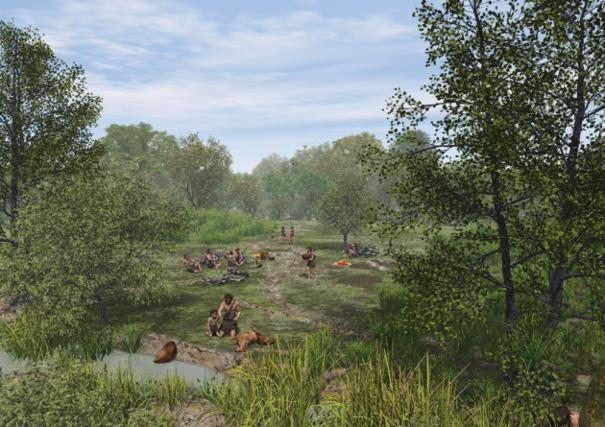
Footprints revealed by the Spring storms at Happisburgh indicated a group of people walked along estuary mudflats either 850,000 or 950,000 years ago. Measurements of the footprints and stride-length showed the heights varied from about 0.9m to over 1.7m.
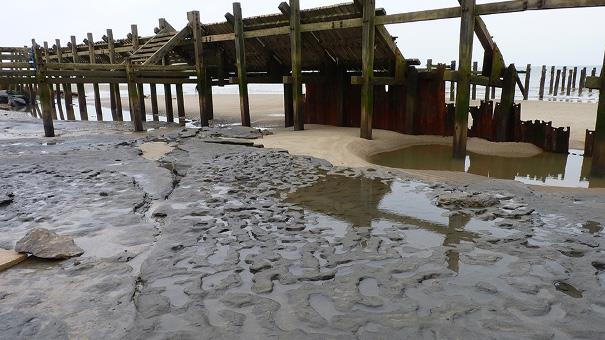
Giant deer roamed across the landscape from around two million to 10,000 years ago. Over two metres (6ft 10 inch) tall at the shoulder, they had antlers that measured up to 3.65m (12ft) from tip to tip – that's as wide as an average room in a house.
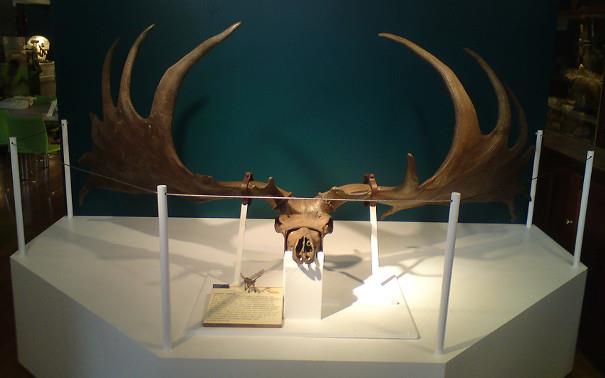
Standing four metres at its shoulder, the West Runton Mammoth would have weighed about ten tonnes – twice the weight of any African Elephant. The mammoth skeleton discovered at West Runton is the largest ever found in Britain and is also the oldest to have been found in the UK. The West Runton Mammoth’s tusks were 2.5m (just over 8ft) long – that’s as long as an average car.
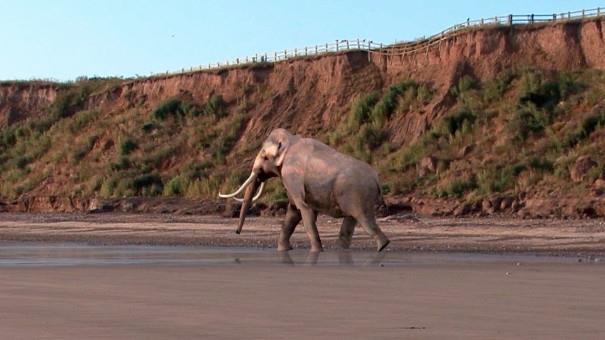
You can often find fossils of sea urchins on the beach at West Runton that are over 70 million years old. It's not only bones, teeth and shells that can be fossilised. Some of the fossils found around the West Runton Mammoth turned out to be ancient hyaena poo.
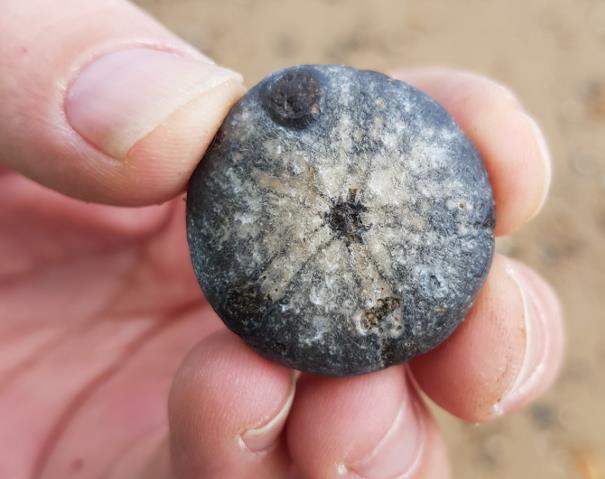
Just offshore, between Sheringham and Cromer, is the largest chalk reef in Europe and the longest in the world. At more than 20 miles long, it lies in the shallows, just 25ft (7.6 metres) from the surface and is part of a vast area of chalk that stretches from Yorkshire in the North across East Anglia and as far as Dorset in the West (including the White Cliffs of Dover and the White Horse hill carvings in Wiltshire). It provides a feeding ground for the famous Cromer Crab.
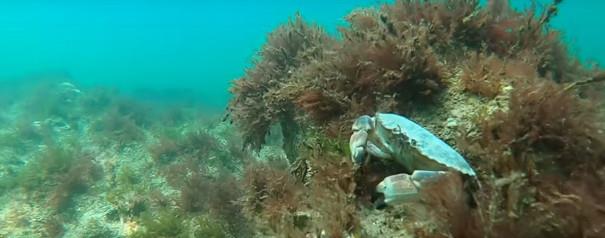
Finds on the Deep History Coast provided the earliest evidence for human occupation so far discovered in northern Europe. They place early humans here in Norfolk some 350,000 years earlier than had been thought, at over 850,000 years ago.
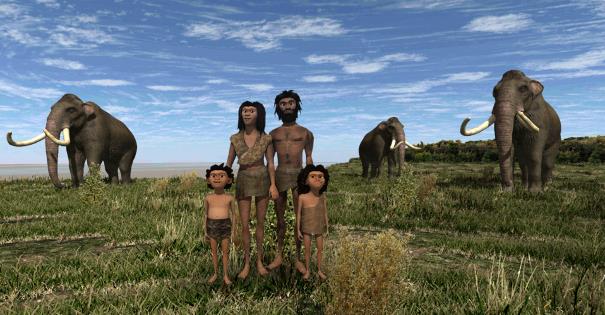
Palaeontologists found more than 100 different species of beetles during just one excavation of the Cromer Forest-bed Formation.
©Norfolk Museums Service. Painting by Nick Arber.
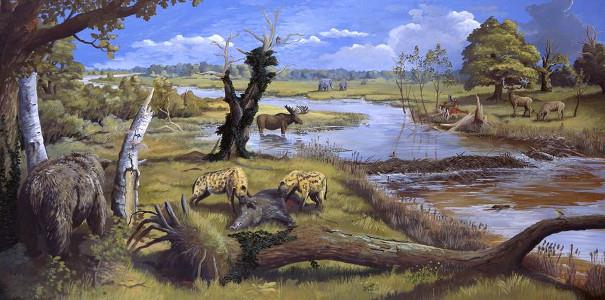
Norfolk is the only region in northern Europe to have evidence of four human species living at different times in the past: Homo sapiens, Modern Humans; Homo neanderthalensis, Neanderthals; Homo heidelbergensis, Heidelberg ‘Man’; Homo antecessor, Pioneer ‘Man’.
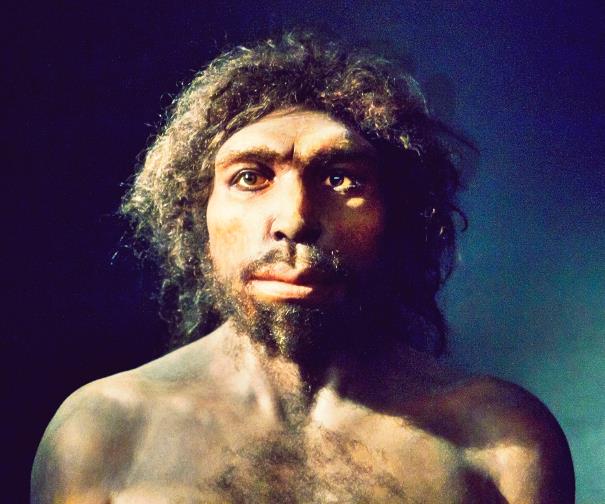
The Happisburgh handaxe was made by our relatives known as Heidelberg ‘Man’ (Homo heidelbergensis) and dates from around 500,000 years ago, making it amongst one of the oldest handaxes ever found in Britain.
©Norfolk Museums Service.
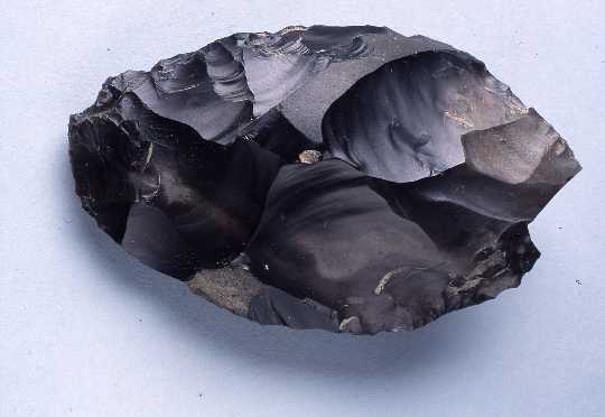
Related
Comments
Comments are disabled for this post.






